Combining Virtual Reality and wearable fNIRS
In the research world, Virtual Reality gains many interest due to its ability to enable the possibility to bring real-world settings to the lab. How can research devices, such as fNIRS, comply with that?
Virtual Reality (VR) was first introduced in the second half of the 20th century. It creates a simulated experience, which enables users to move around in an artificially-created world and interact with virtual items, using either a VR headset or multi-projected environments.
Since the implementation of VR, application possibilities are continuously increasing, due to its general advantages and constant technological developments. It cannot be only used for gaming and entertainment, but also in marketing and economy, for example, neuromarketing research to investigate consumer behavior. Moreover, VR is more and more applied in clinical and medical research and therapy, for instance, in the fields of neurorehabilitation and psychology.
Setting up the Brite Frontal took less than 5 minutes for each participant.
To measure brain activity and get information about the effectiveness of therapies or reactions and behavior of participants, neuroimaging technologies can be used.
Combining VR with fNIRS offers multiple advantages in comparison to other neuroimaging techniques, such as fMRI and EEG:
fNIRS devices, like the Brite, are now truly wearable and light-weight, enabling patients to freely move without restrictions
fNIRS is relatively insensitive to movement artifacts
fNIRS is less susceptible to electrical noise and interference with VR technology
Application of fNIRS is silent and hence does not lead to distraction and distortion of physiological signals
Example of NIRS data gathered from the experiment.
We tested the simultaneous use of fNIRS and VR in our office in the Netherlands, to check for feasibility and comfort, identify its advantages and disadvantages and further be able to provide customers aiming to apply fNIRS with VR with tips and tricks.
Six participants explore the Trail World VR game in which different tasks, such as driving a roller coaster, para gliding and flying an airplane were performed while wearing VR goggles. Simultaneously, the Brite Frontal was used to measure brain activity and oxygenation in the prefrontal cortex.
The Trail World VR game by No Pressure Studios.
Application of the Brite Frontal and VR goggles at the same time was more than possible. There was almost no set-up time, good signal quality could be obtained, our colleagues were moving freely and, most important, had fun!
Are you interested in reading more about using VR and fNIRS at the same time? Then check our publication website to find VR-studies performed with our devices.


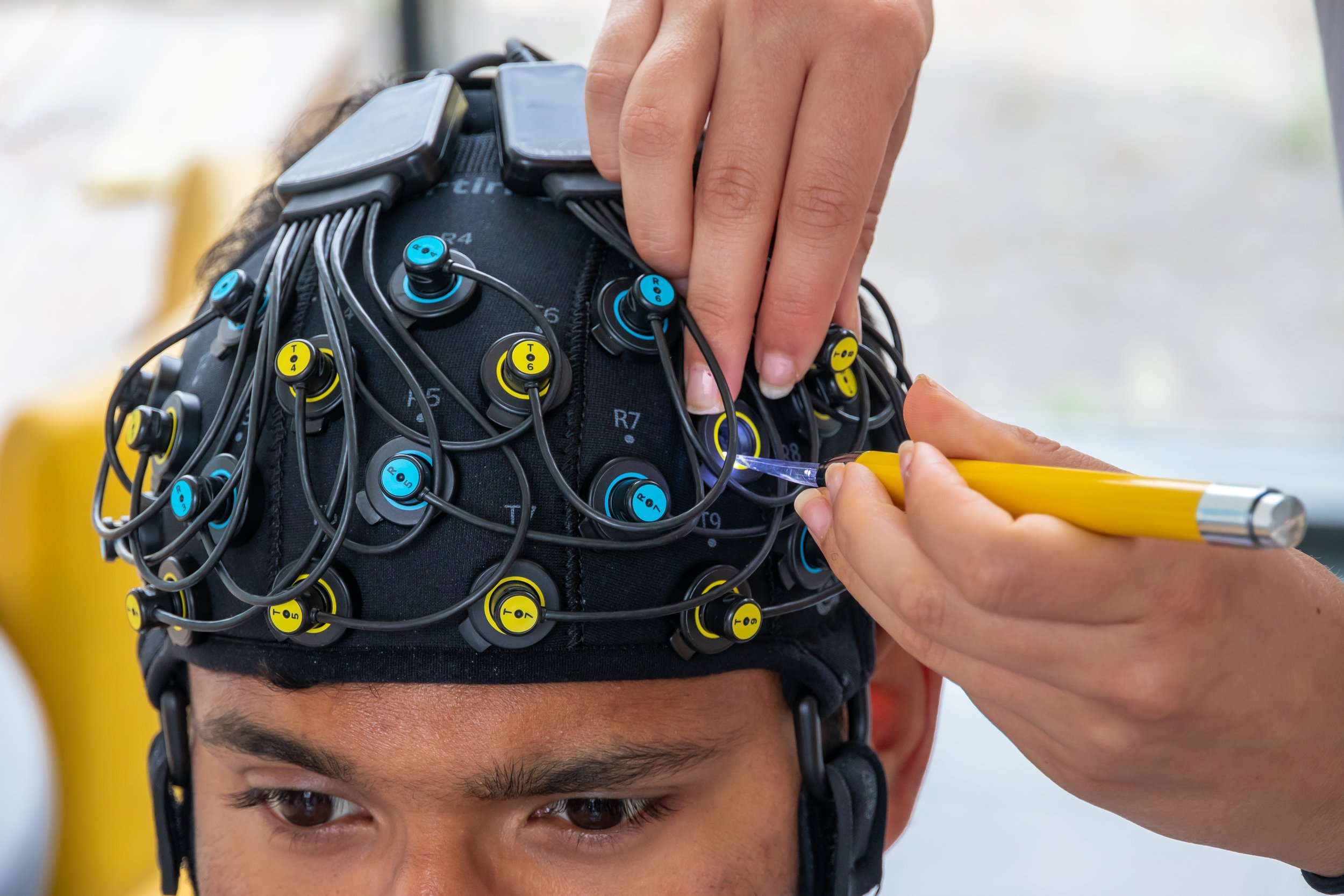


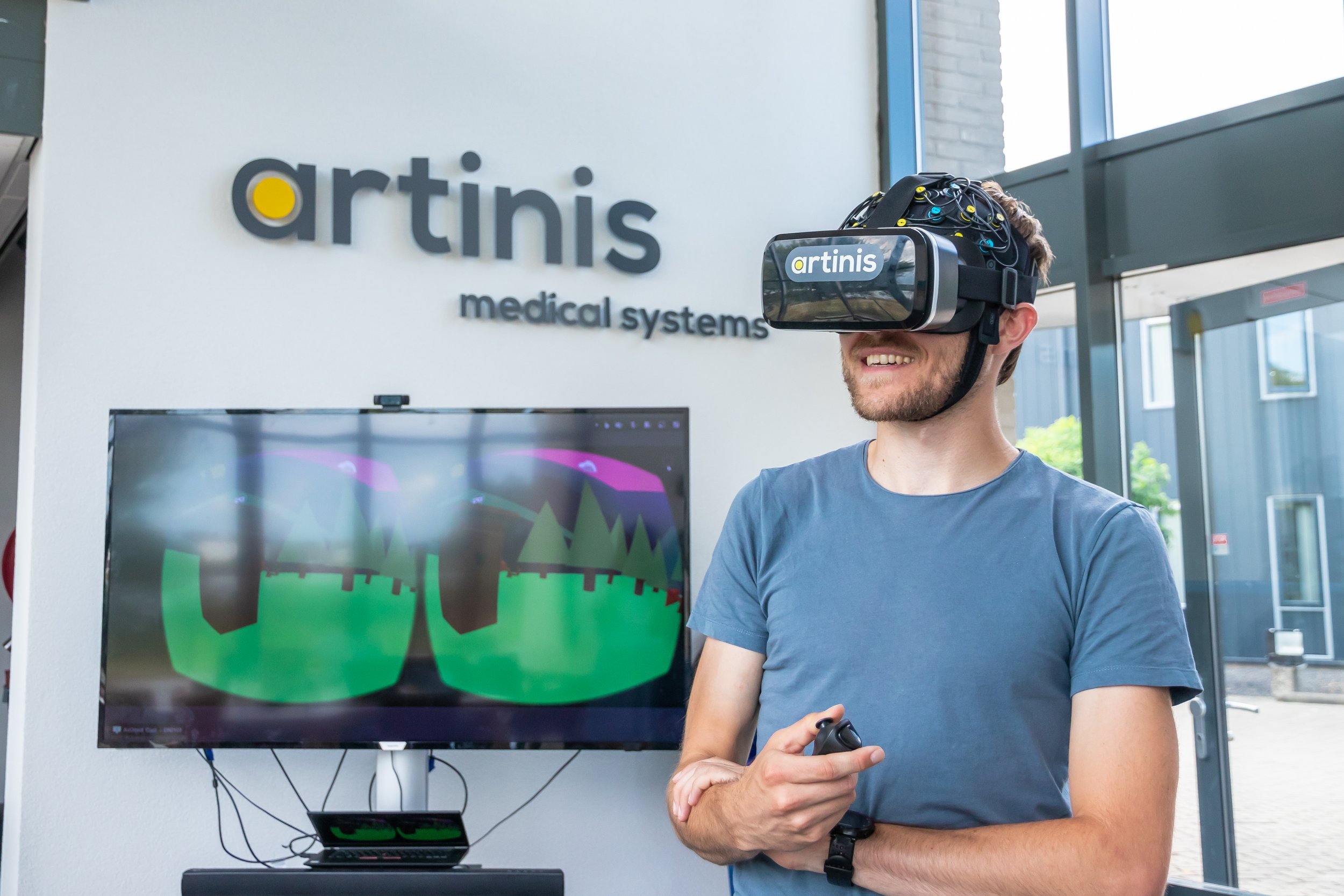


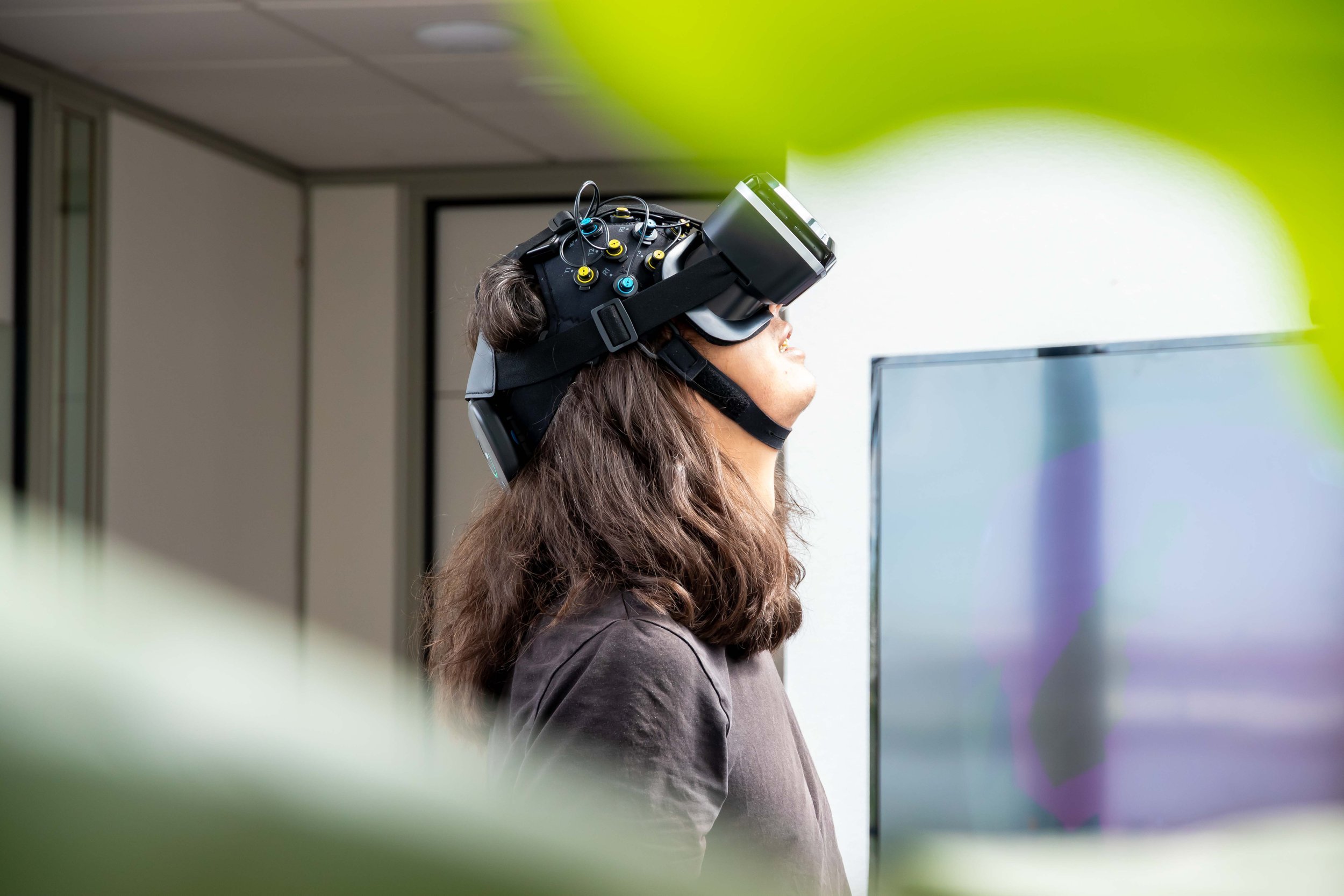
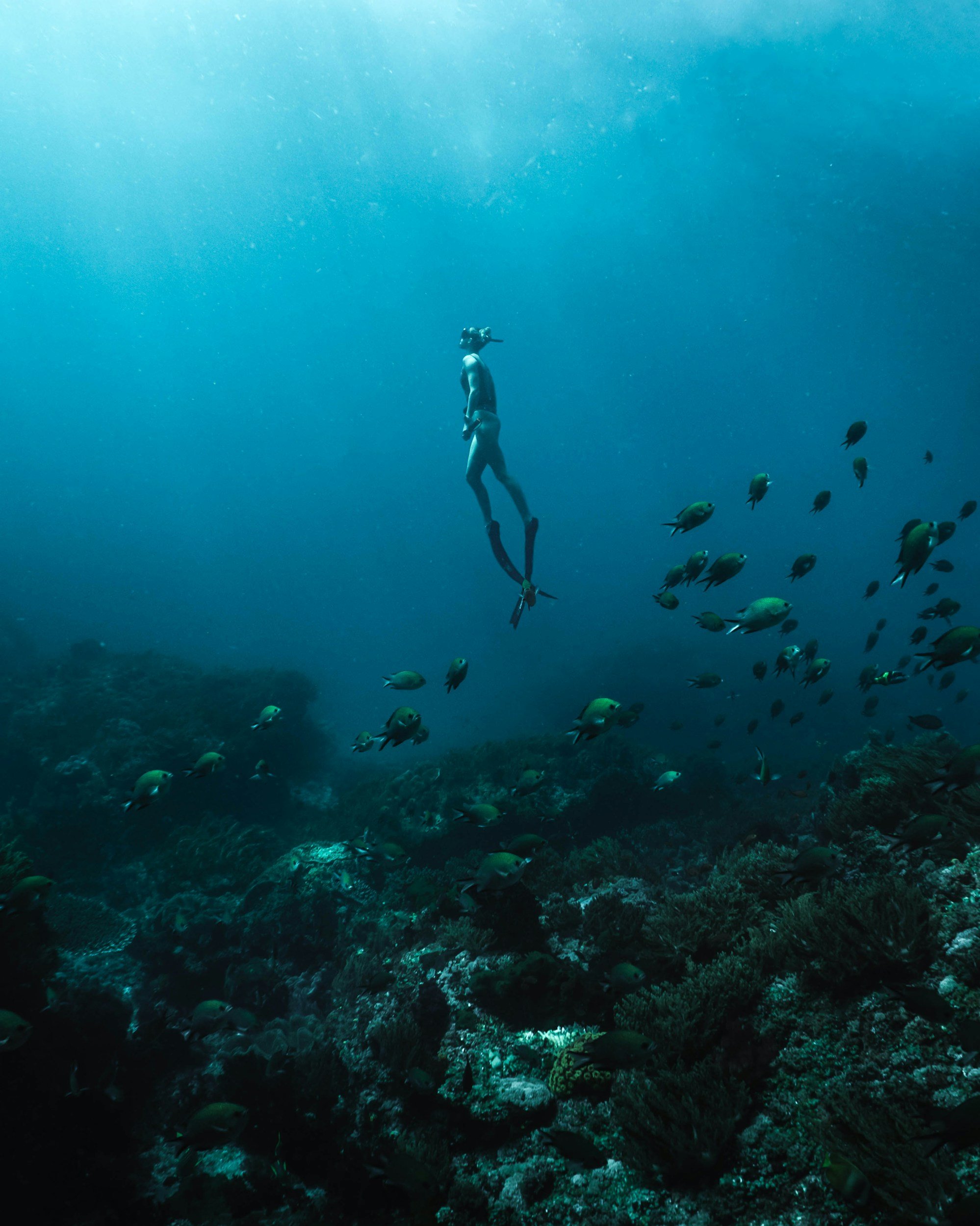
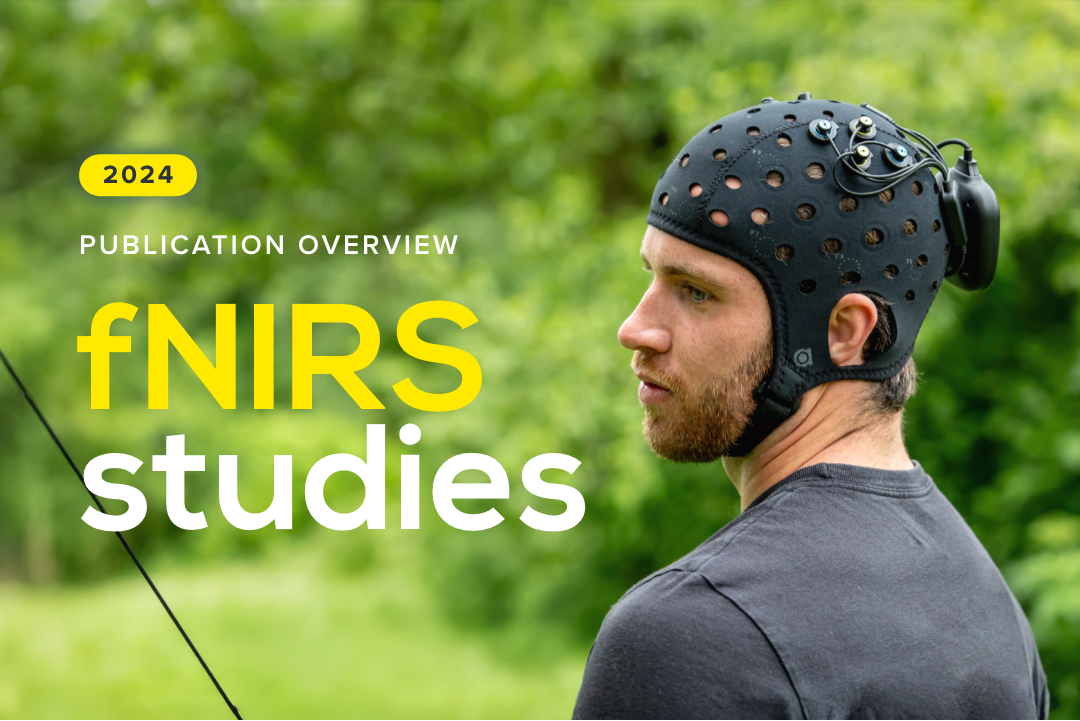
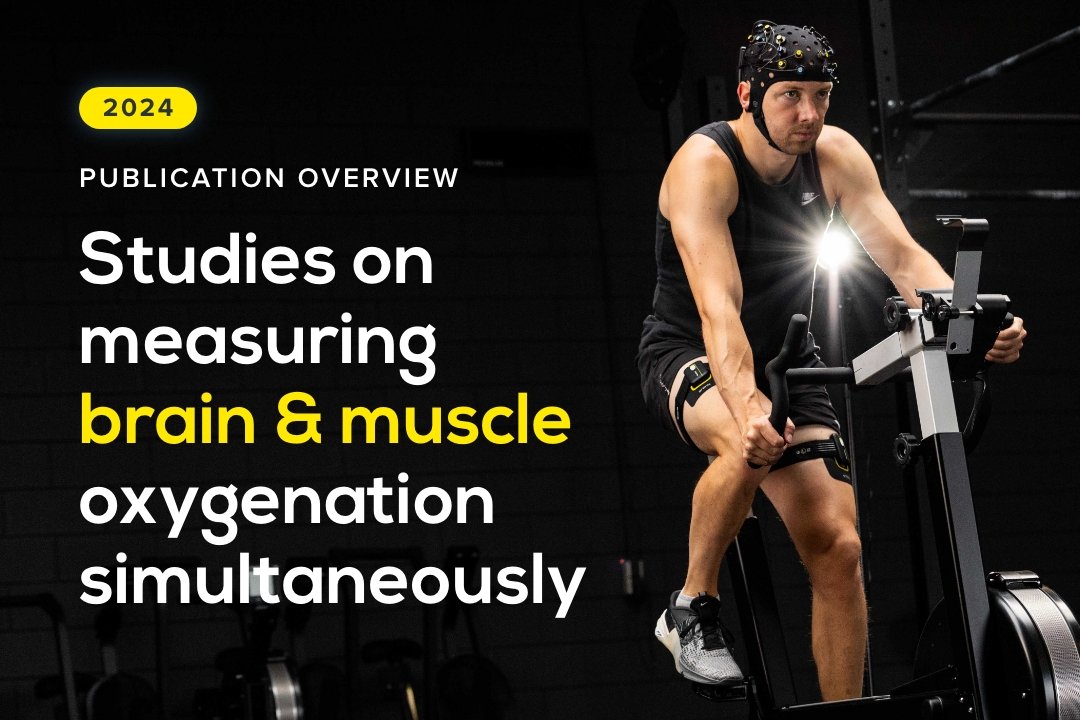

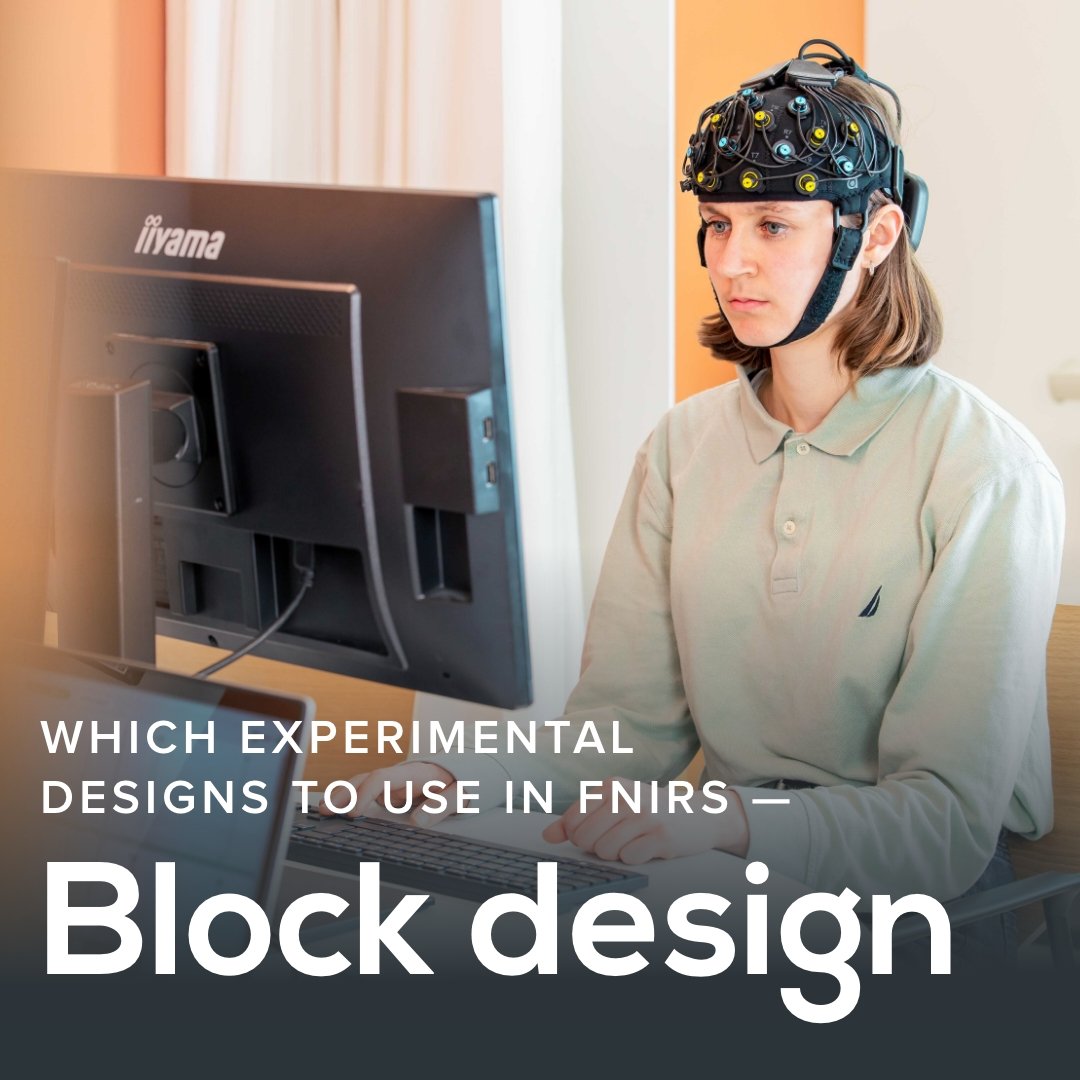
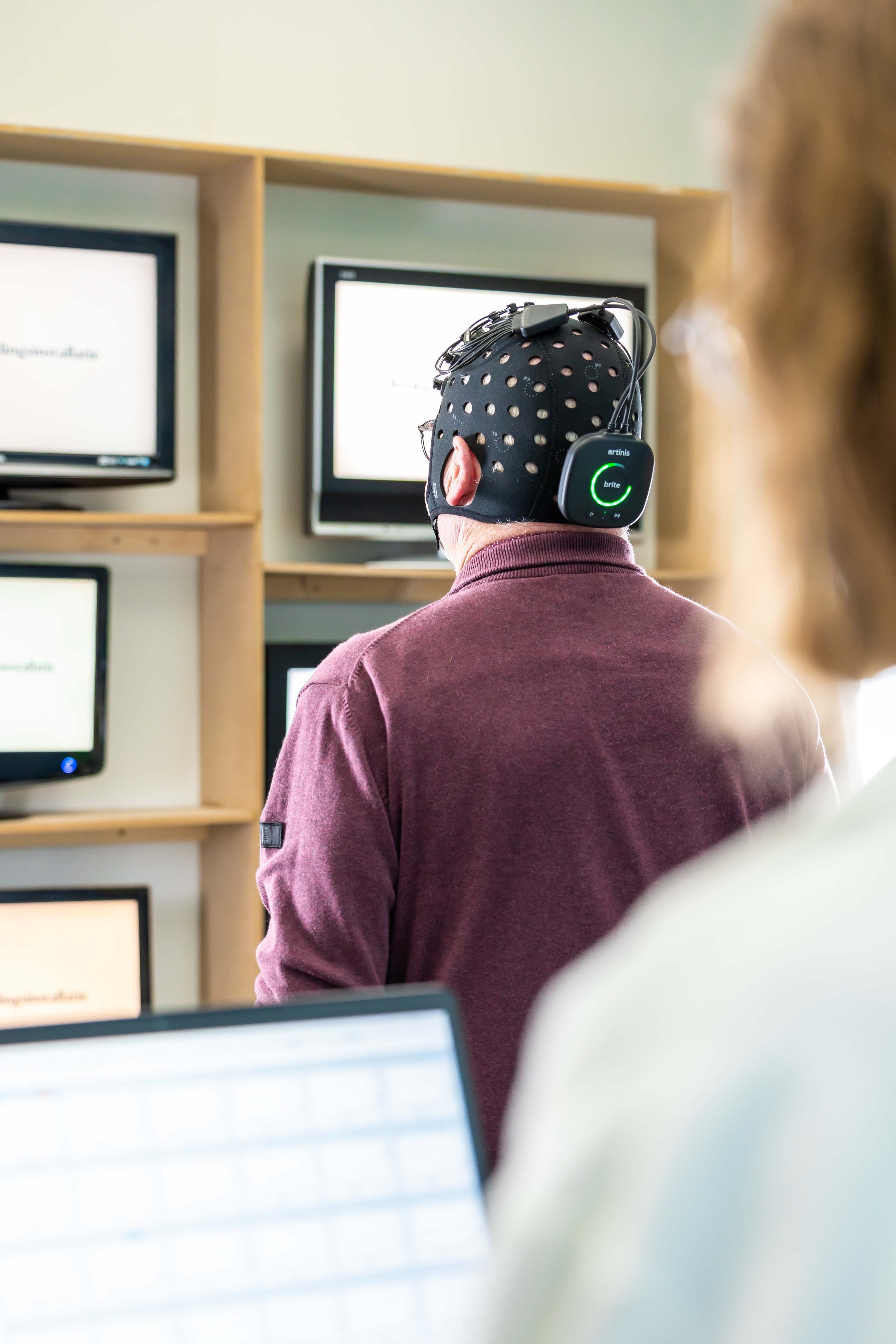
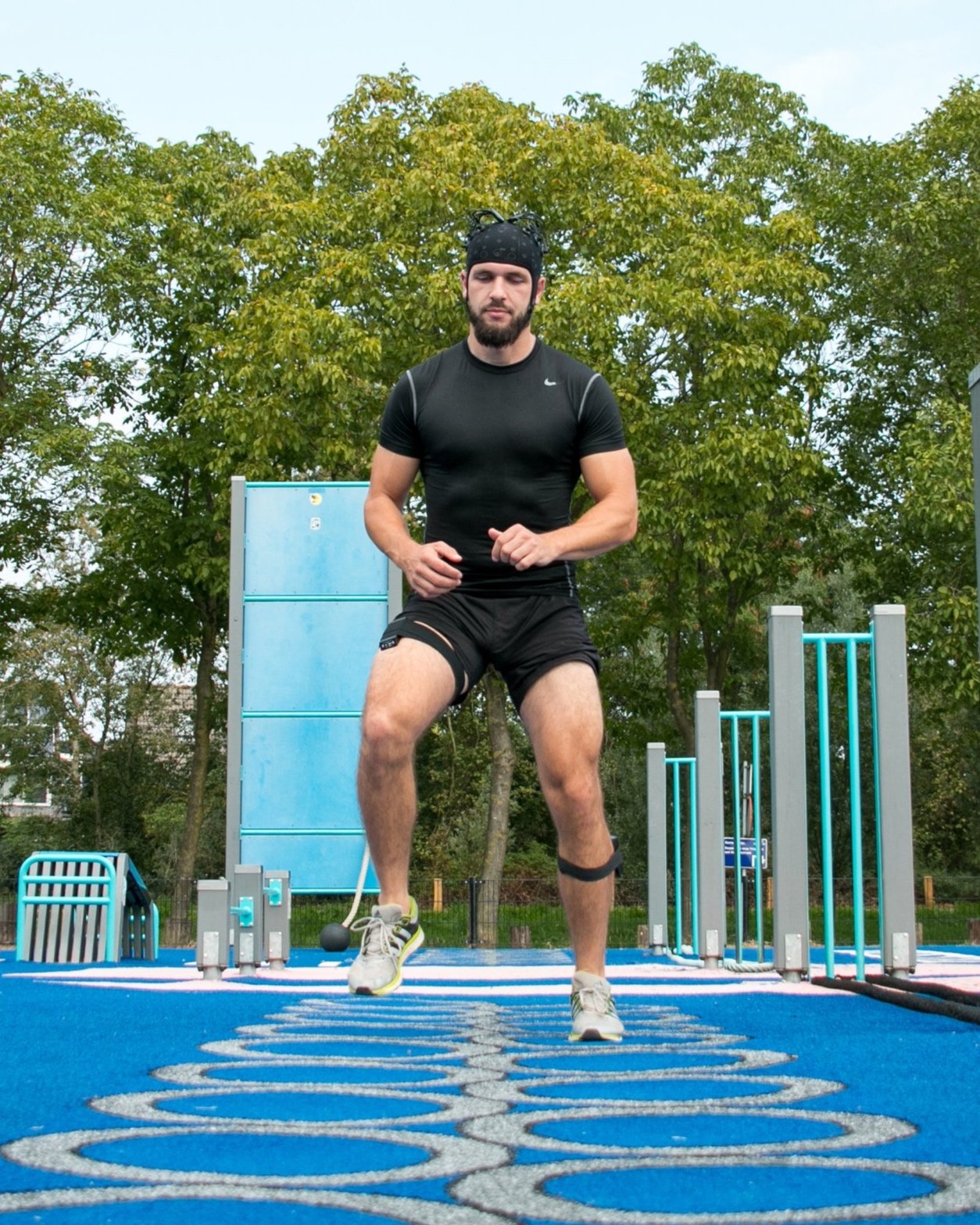
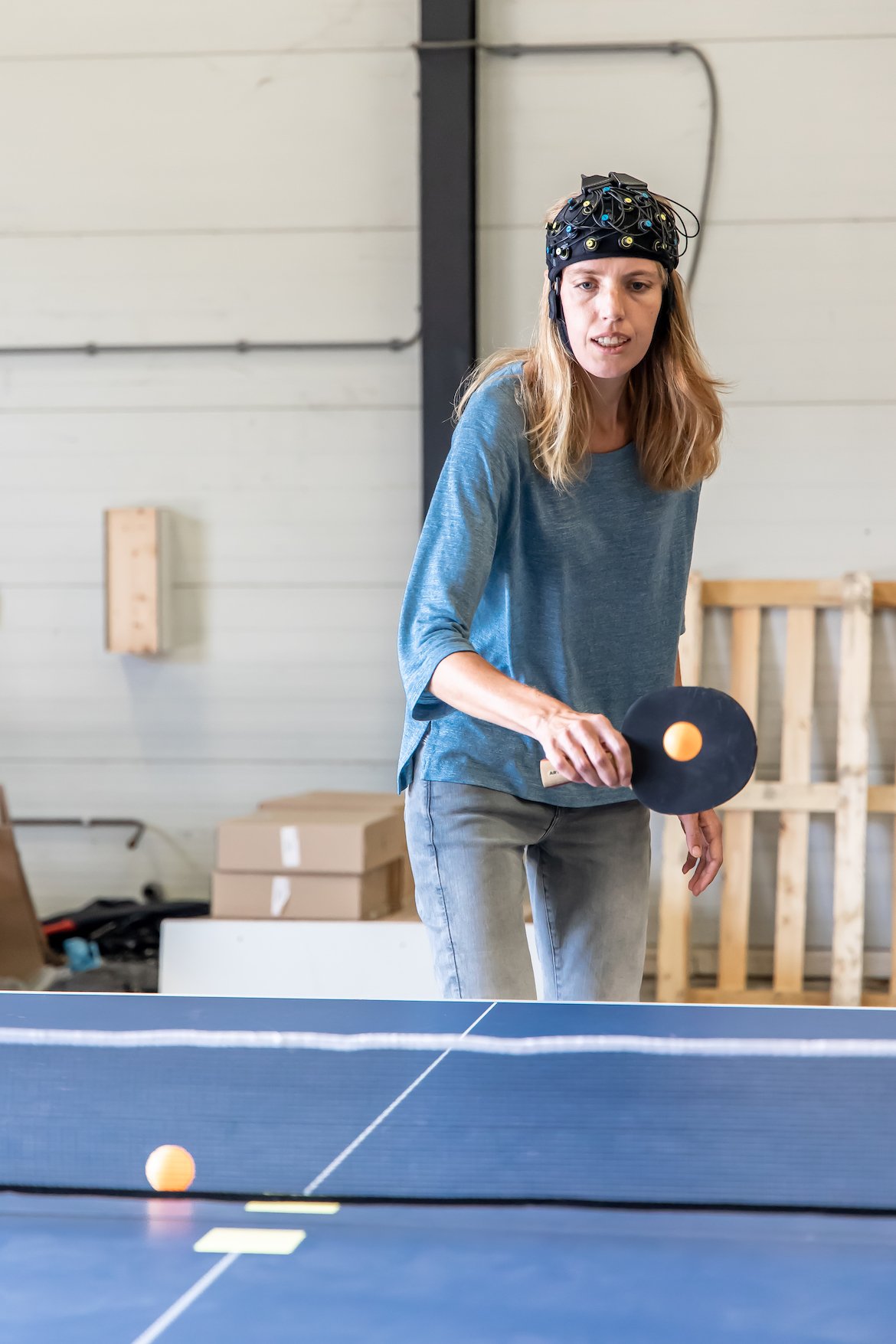
fMRI is widely used and seen as the gold standard in non-invasive in-vivo brain imaging. However, due to its technology, it is comes with certain limitations in participant groups and experiments. fNIRS is portable, easy to use and can be applied in subjects of all ages. Hence, it can provide a valid alternative to fMRI in many applications. In this blogpost we discuss advantages that fNIRS has over fMRI, considerations that should be kept in mind and we highlight literature using fNIRS and fMRI to compare, or get complementary information.